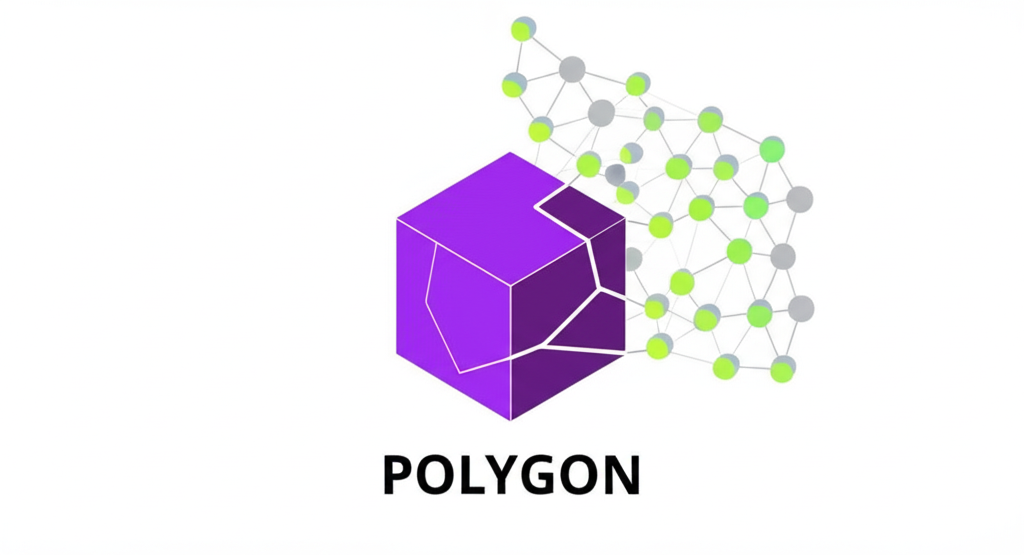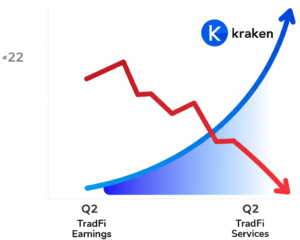Polygon Hemidall Mainnet Suffers Brief Outage: Bor Layer Remains Operational
Polygon, a prominent layer-2 scaling solution for Ethereum, experienced a temporary outage on its Hemidall mainnet. While causing concern within the crypto community, the incident highlights the resilience of the network’s architecture and its capacity to handle unforeseen circumstances. This article delves into the specifics of the outage, its impact, and the subsequent response from the Polygon team.
Understanding the Hemidall Outage
The outage, affecting the Hemidall mainnet – a crucial part of Polygon’s infrastructure – was thankfully short-lived. According to official statements from the Polygon team, the issue primarily impacted the consensus layer, which is responsible for validating and finalizing transactions. Crucially, however, the Bor layer, responsible for transaction execution, remained fully functional throughout the event. This means that while transaction confirmation might have been temporarily delayed, existing transactions were not lost or compromised. The Polygon team has not yet publicly disclosed the root cause of the outage, but initial reports suggest a potential software glitch rather than a security breach.
Impact and Recovery
The precise duration of the outage remains unclear from initial reports, but social media chatter suggests a period ranging from several minutes to potentially a couple of hours for some users. The lack of Bor layer downtime minimized the immediate financial impact for users, avoiding potential large-scale losses. However, any delays in transaction confirmations could have affected DeFi applications built on Polygon, impacting liquidity and trading activities. This highlights the interconnectedness of the cryptocurrency ecosystem and the potential ripple effects of even brief outages.
Further investigation will be crucial to fully understand the impact and to quantify the disruption experienced by different Polygon users and decentralized applications (dApps). The Polygon team’s swift response and transparent communication were generally well-received by the community, showcasing their commitment to network stability and user trust.

Polygon’s Response and Future Implications
Polygon’s prompt communication about the Hemidall outage demonstrated a proactive approach to crisis management. The transparent acknowledgment of the issue and the clear communication regarding the unaffected Bor layer helped to alleviate community concerns and prevent misinformation from spreading. This response contrasts with some past incidents within the cryptocurrency space, where a lack of transparency exacerbated the situation.
The outage underscores the importance of robust infrastructure and contingency planning within the blockchain ecosystem. While temporary outages are not uncommon in the rapidly developing landscape of blockchain technology, the ability to rapidly contain and mitigate the issue is paramount. Future development of Polygon’s network architecture will likely involve further improvements to fault tolerance and resilience.
Key Takeaways:
- Polygon Hemidall mainnet experienced a temporary outage.
- The Bor layer (transaction execution) remained operational throughout.
- The outage’s duration was relatively short, minimizing the impact.
- Polygon’s transparent communication helped manage the situation.
- The incident highlights the importance of robust infrastructure and contingency planning in blockchain.










